Here we take a look at how CRISPR, the revolutionary “molecular scissors”, works and where its being used.
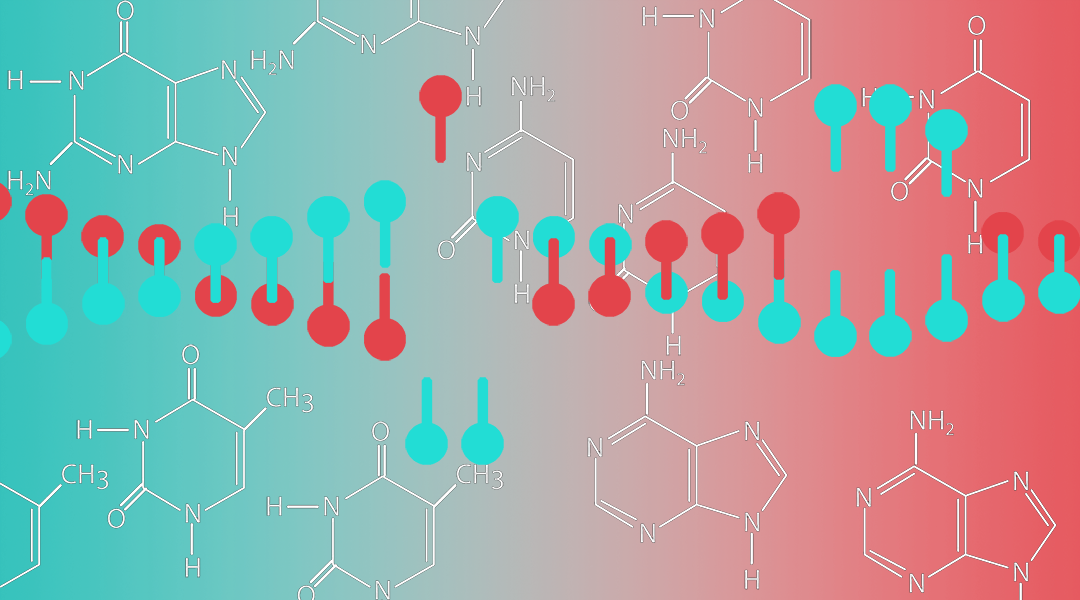

Here we take a look at how CRISPR, the revolutionary “molecular scissors”, works and where its being used.
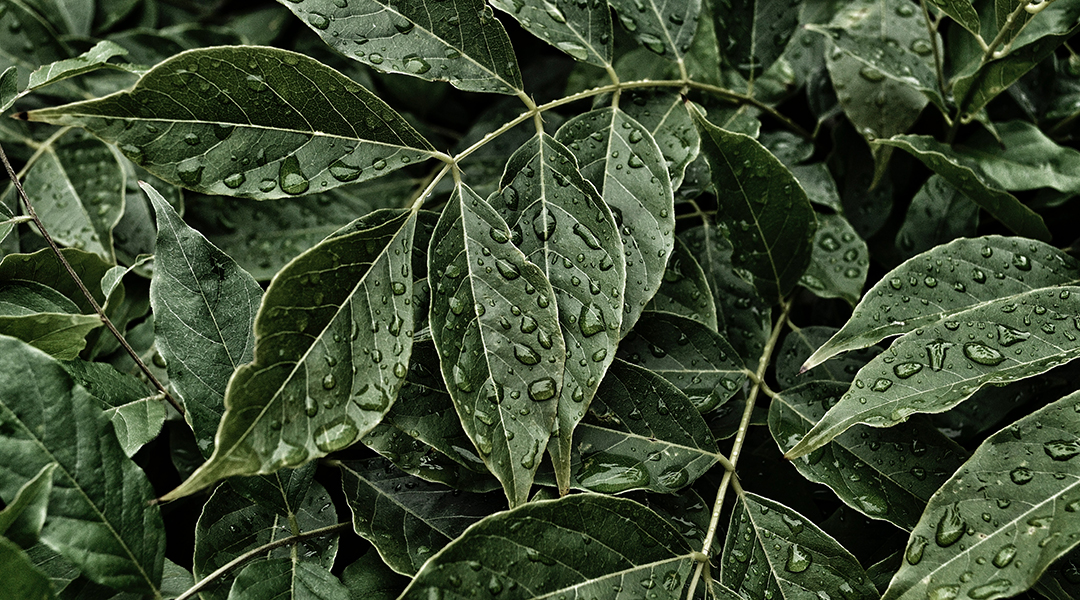
Cellulose-based energy storage devices could provide a viable solution to creating sustainable, inexpensive electronics.
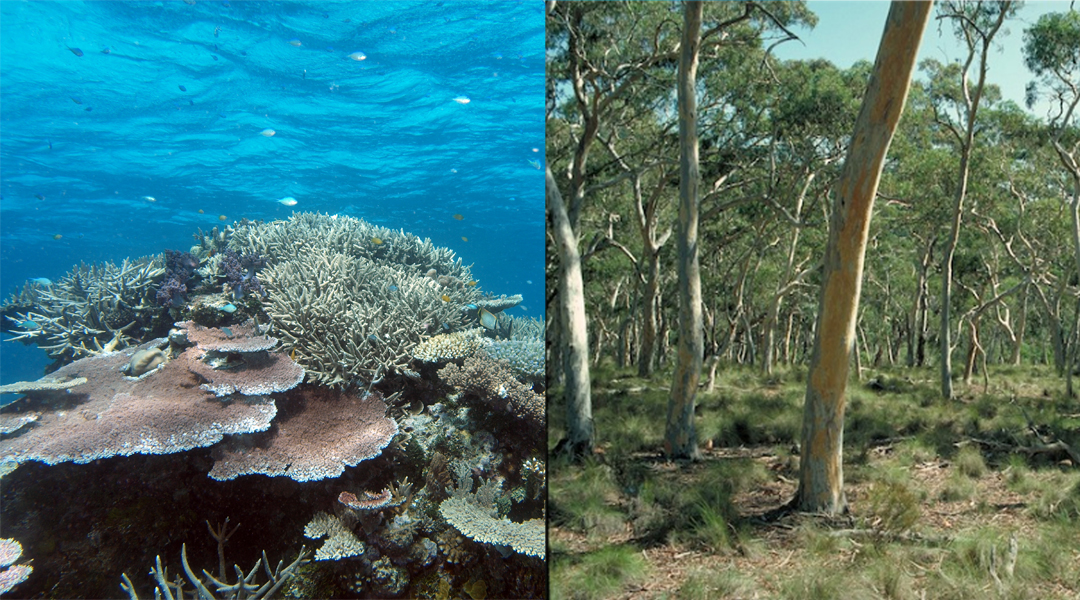
How can scientists studying different key foundational species under threat learn from one another to address declines in ecosystems?

Unlocking the secrets of Pisolithus arhizus, which acts as an island of biodiversity in a barren thermal wasteland.
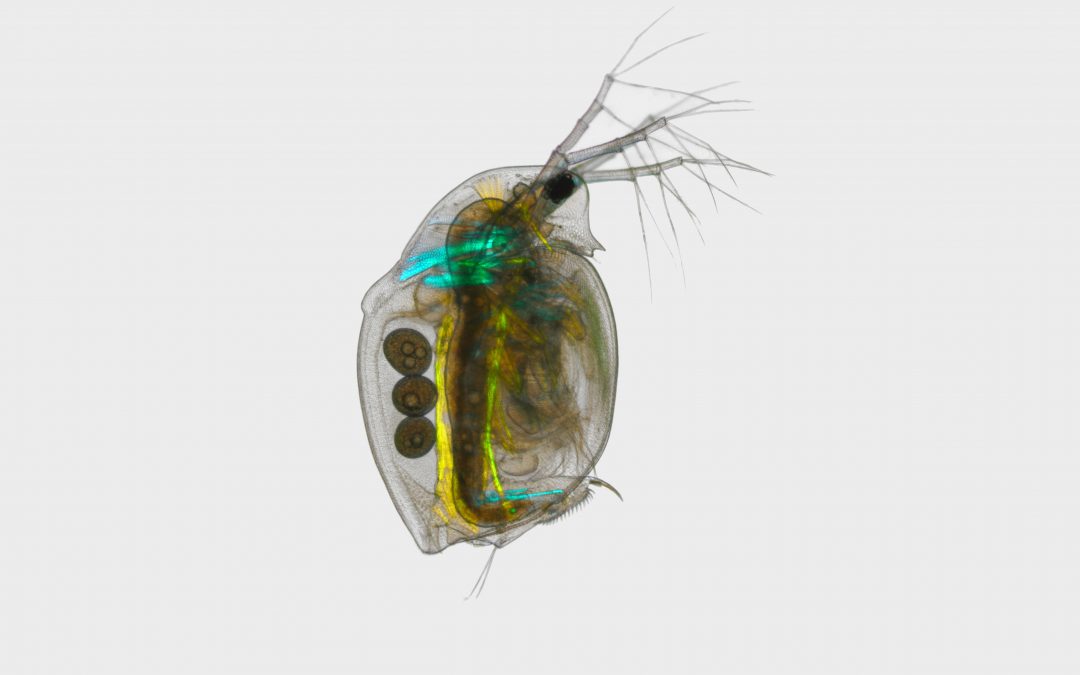
What is the advantage of laying eggs that are expensive to produce and take a long time to hatch? Perhaps there is more to this paradox then we originally thought.
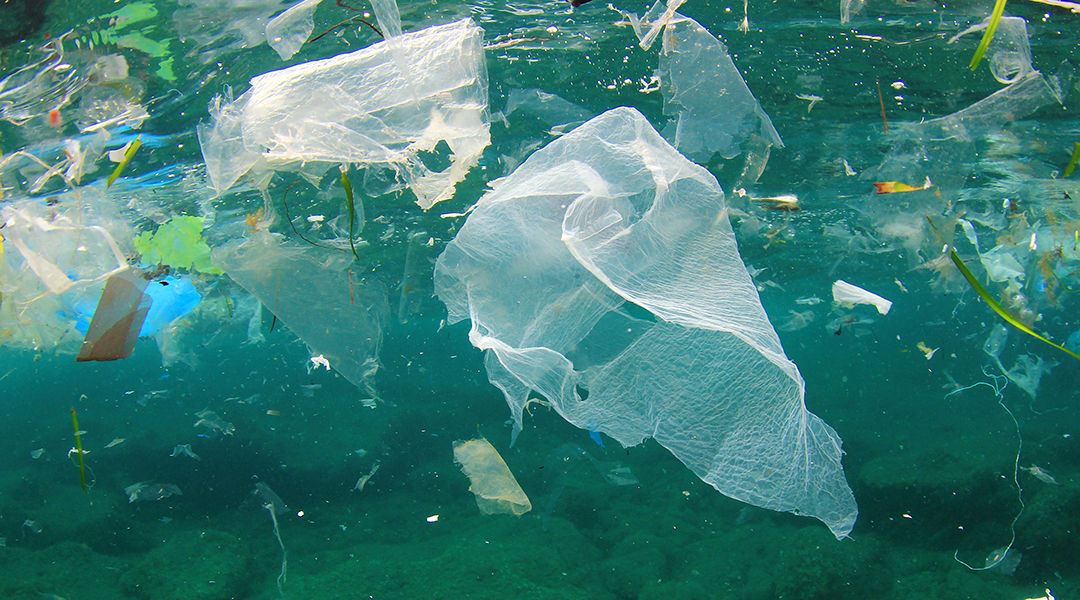
A new approach combines 3D coherent imaging with machine learning to detect microscale microplastics in filtered water samples.
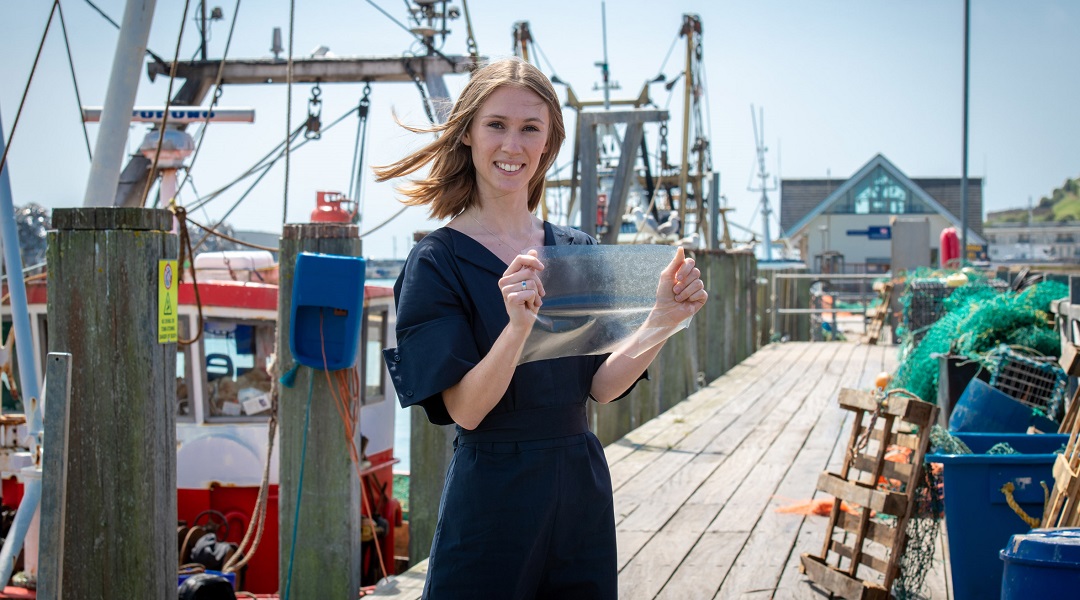
A Sussex student invented a bioplastic sourced from the sea.

The once pristine Arctic Ocean has turned into a pool of plastic debris.
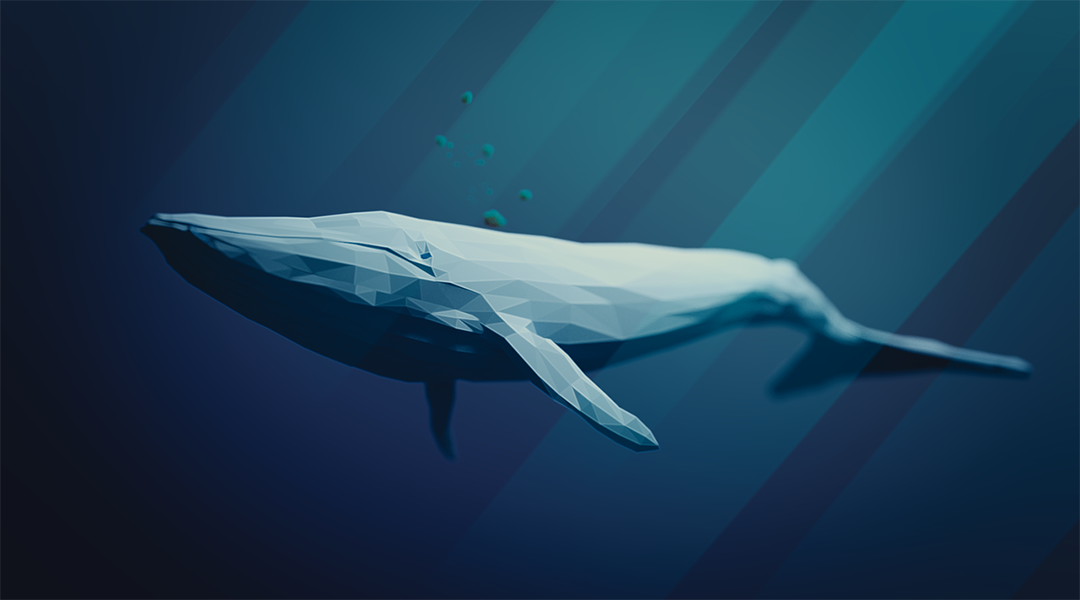
Could increasing the world’s whale population help sequester carbon dioxide to fight climate change?
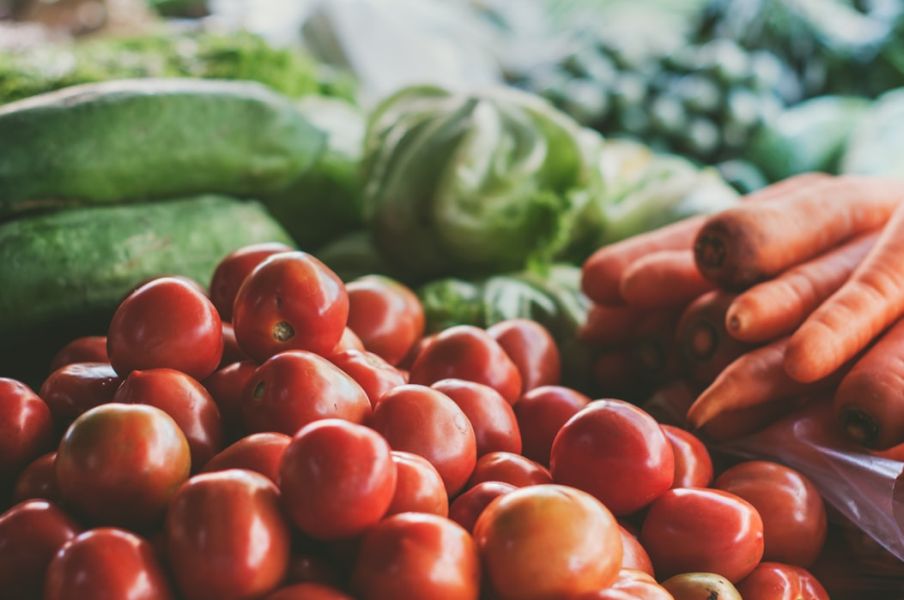
Atmospheric carbon dioxide is known to deplete the mineral content of plants, but how are carotenoid levels affected?